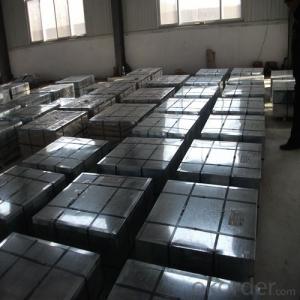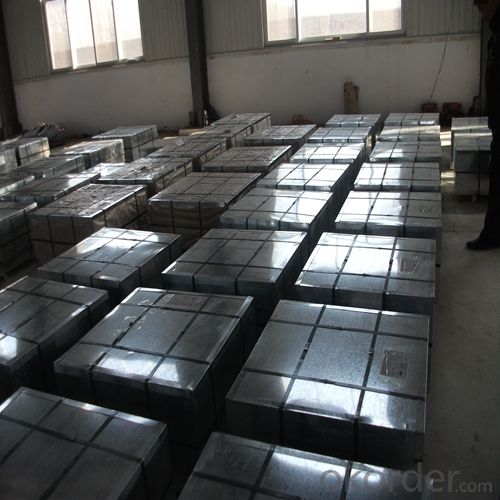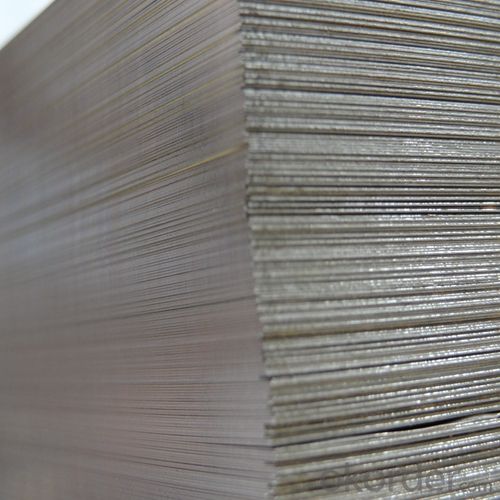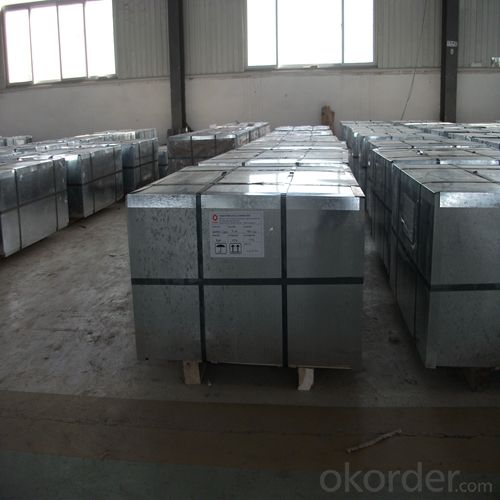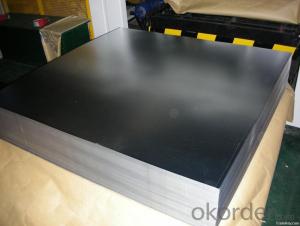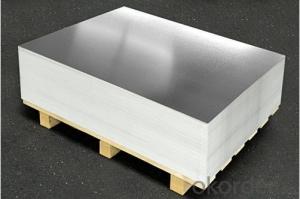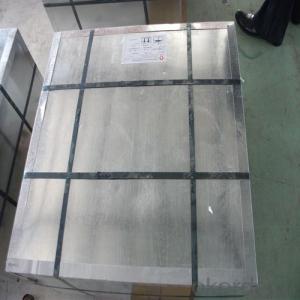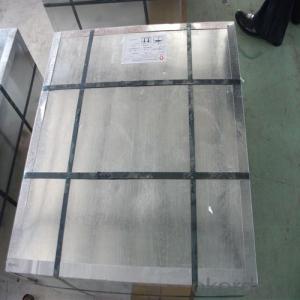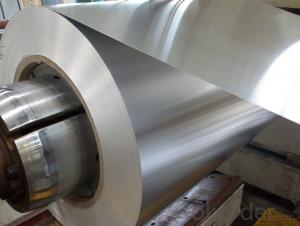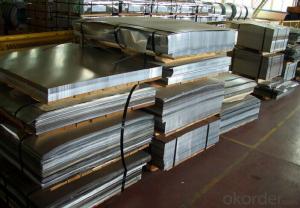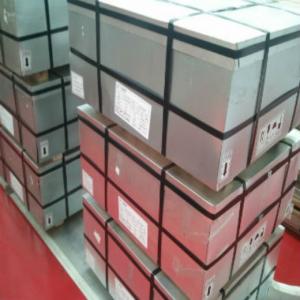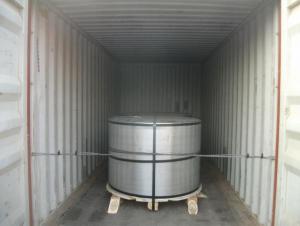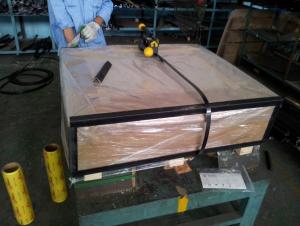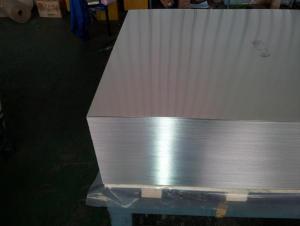Quality Electrolytic Tinplate Coils or Sheet For Tin Cans
- Loading Port:
- Tianjin
- Payment Terms:
- TT OR LC
- Min Order Qty:
- 25 m.t.
- Supply Capability:
- 12000 m.t./month
OKorder Service Pledge
OKorder Financial Service
You Might Also Like
Specification
1.Structure of Quality Electrolytic Tinplate Coils or Sheet For Tin Cans Description
The steel base of electrolytic tinplate provides the necessary strength and formability for can fabrication. The tin-iron alloy layer provides the bond between the steel and free tin layer. The free tin layer is not only responsible for the attractive bright finish and ease of solderability but is also non-toxic- a factor of vital importance in food packaging!
2.Main Features of the Quality Electrolytic Tinplate Coils or Sheet For Tin Cans
Appearance – Tinplate is characterized by its beautiful metallic luster. Products with various kinds of surface roughness are produced by selecting the surface finish of the substrate steel sheet.
Formability and strength – Tinplates have got very good formability and strength. By selecting a proper temper grade, appropriate formability is obtained for different applications as well as the required strength after forming.
Corrosion resistance – Tinplate has got good corrosion resistance. By selecting a proper coating weight, appropriate corrosion resistance is obtained against container contents. Coated items should meet 24 hour 5 % salt spray requirement.
Safe – Tinplate being low weight and high strength makes food cans easy to ship and transport.
Eco friendly – Tinplate offers 100 % recyclability.
Tin is not good for low temperature applications since it changes structure and loses adhesion when exposed to temperatures below – 40 deg C.
3.Quality Electrolytic Tinplate Coils or Sheet For Tin Cans Images

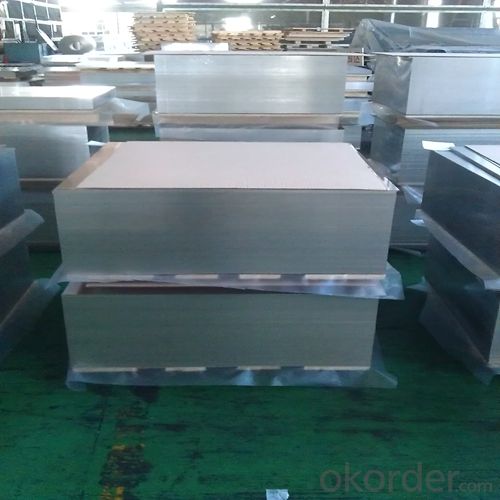
4.Quality Electrolytic Tinplate Coils or Sheet For Tin Cans Specification
Specification of :
Standard: ISO 11949 -1995, GB/T2520-2000,JIS G3303,ASTM A623, BS EN 10202
Material: MR,SPCC
Thickness:0.15mm - 0.50mm
Width: 600mm -1150mm
Temper: T1-T5
Annealing: BA & CA
Coil Inner Diameter: 508mm
Weight: 6-10 tons/coil 1~1.7 tons/sheets bundle
Passivation:311
Oil: DOS
Surface: Finish,bright,stone,matte,silver
5.FAQ of Quality Electrolytic Tinplate Coils or Sheet For Tin Cans
- What is tinning and how does it work?
Tinning is the process of thinly coating sheets of wrought iron or steel with tin, and the resulting product is known as tinplate. It is most often used to prevent rust.
- Do you only have prime quality tinplate?
We can supply both prime and second quality tinplate.
- Q: Can tinplate be used for packaging liquid products?
- Yes, tinplate can be used for packaging liquid products. Tinplate is a type of steel coated with a thin layer of tin, which provides excellent barrier properties against moisture and oxygen. This makes it suitable for packaging liquids as it helps to prevent spoilage and maintain the product's quality. Additionally, tinplate is also durable and safe for food contact, making it a popular choice for packaging various liquid products such as beverages, oils, and sauces.
- Q: How does tinplate affect the overall cost of packaging production?
- Tinplate can significantly impact the overall cost of packaging production due to its higher price compared to other materials such as aluminum or plastic. Its production, coating, and transportation costs can add up, making it more expensive for manufacturers. However, tinplate offers excellent durability, protection, and aesthetic appeal, which can enhance the value and marketability of the packaged product. Ultimately, the cost-effectiveness of tinplate packaging depends on factors like the specific product, target market, branding strategy, and overall budget.
- Q: How is tinplate coated with metallic coatings?
- Tinplate is coated with metallic coatings through a process called electroplating. In this process, a tinplate sheet is immersed in a bath containing the desired metal ions, such as tin or chromium. An electric current is then passed through the bath, causing the metal ions to bond with the surface of the tinplate, resulting in a uniform metallic coating. This coating enhances the tinplate's corrosion resistance and provides a decorative finish.
- Q: Can tinplate be used for marine applications?
- Yes, tinplate can be used for marine applications. Tinplate is known for its excellent corrosion resistance, making it a suitable material for marine environments where exposure to saltwater and moisture is a concern. Additionally, tinplate's strength and durability make it ideal for various marine applications such as packaging, containers, and components for boats and ships.
- Q: How does tinplate packaging contribute to product portion control?
- Tinplate packaging contributes to product portion control by providing a sturdy and reliable container that can be designed and manufactured in specific sizes. This allows manufacturers to package their products in predetermined portions, making it easier for consumers to control their intake and avoid overconsumption. Additionally, the durability of tinplate packaging ensures that the portioned products remain intact and fresh until they are consumed, further promoting portion control.
- Q: Can tinplate be used for packaging pharmaceutical products?
- Yes, tinplate can be used for packaging pharmaceutical products. Tinplate is a type of steel coated with a thin layer of tin, which provides excellent corrosion resistance and protection. It is commonly used in the packaging industry due to its durability, strength, and ability to maintain product integrity. Tinplate containers can effectively safeguard pharmaceutical products from external factors such as moisture, light, and oxygen, ensuring their quality and shelf life.
- Q: Can tinplate be used for cosmetic packaging?
- Yes, tinplate can be used for cosmetic packaging. Tinplate is a type of steel coated with a layer of tin, which provides it with corrosion resistance and a glossy appearance. This makes it suitable for various packaging applications, including cosmetic products. Tinplate packaging offers durability, protection, and an attractive presentation, making it a popular choice in the cosmetic industry.
- Q: Can tinplate be soldered?
- Yes, tinplate can be soldered.
- Q: What are the main factors influencing the supply of tinplate?
- The main factors influencing the supply of tinplate include the availability and cost of raw materials such as tin and steel, technological advancements in tinplate production, government regulations and trade policies, demand for tinplate in various industries, and overall economic conditions affecting the manufacturing sector.
- Q: Can tinplate be used for packaging agricultural products?
- Yes, tinplate can be used for packaging agricultural products. Tinplate is a type of steel coated with a thin layer of tin, which provides excellent corrosion resistance and protection against external factors such as moisture and oxygen. This makes it suitable for packaging agricultural products like grains, seeds, and canned fruits and vegetables, as it helps maintain the freshness and quality of the products. Tinplate packaging also offers good printing and branding opportunities, making it an ideal choice for agricultural product packaging.
Send your message to us
Quality Electrolytic Tinplate Coils or Sheet For Tin Cans
- Loading Port:
- Tianjin
- Payment Terms:
- TT OR LC
- Min Order Qty:
- 25 m.t.
- Supply Capability:
- 12000 m.t./month
OKorder Service Pledge
OKorder Financial Service
Similar products
Hot products
Hot Searches
Related keywords
